I'd like to chime in with my opinion that the Gibson mandocello had a scale much too short to support a C string. Real cellos—the bass of a string quartet—have a 27" scale. Gibson's mandocello scale was 24.5" - arguably too short even for an E note, much less a C, and even shorter than their guitars of that era. That scale was/is ideal for octave mandolin, but tepid for cello pitches. Theoretically you can increase the string gauge to compensate for the scale, but the results usually tell you that the thicker string just sounds thuddy.
You don't normally play chords on a mandocello—it's a single note instrument like its violin family relative. If you want the most authoritative sound from a mandocello over the whole range of the four courses, please consider a 27" scale.
This woman plays a 24+"-ish scale, quite close to a Gibson mandocello scale, but tuned (appropriately)
GDAE:
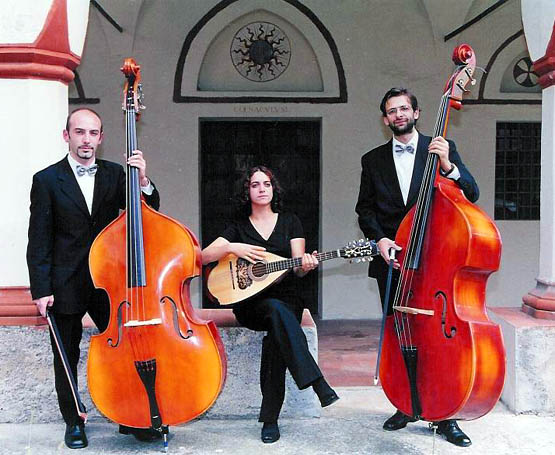
Her instrument is known in Europe and environs as a mandole.
And for something else to think about, here's my Greek laouto, a mandocello with a 28.5" scale!
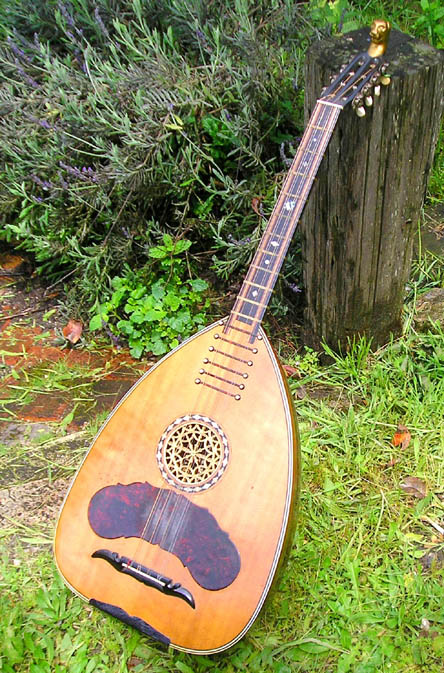
Steel strings, gut frets, hurts like h*ll to play, but what a sound!







 Reply With Quote
Reply With Quote

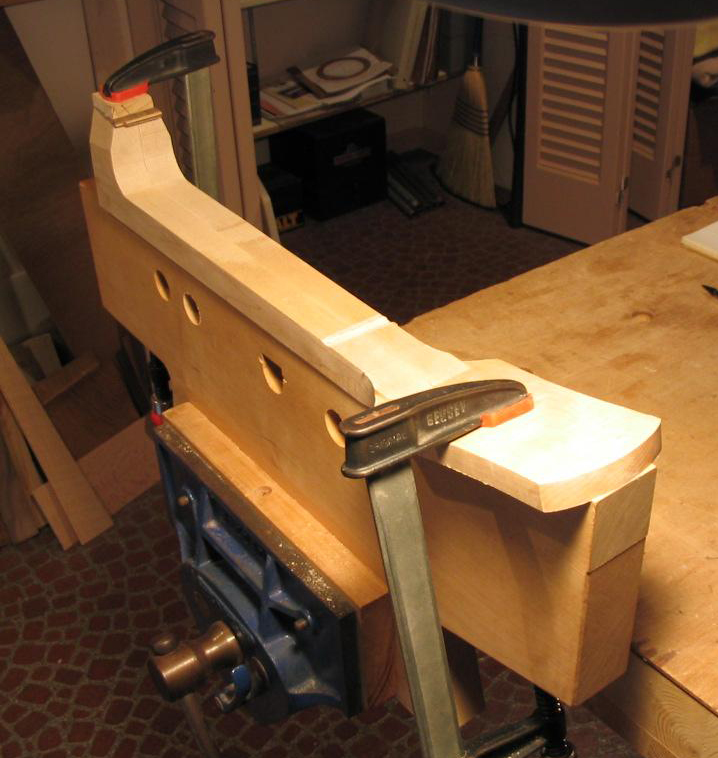
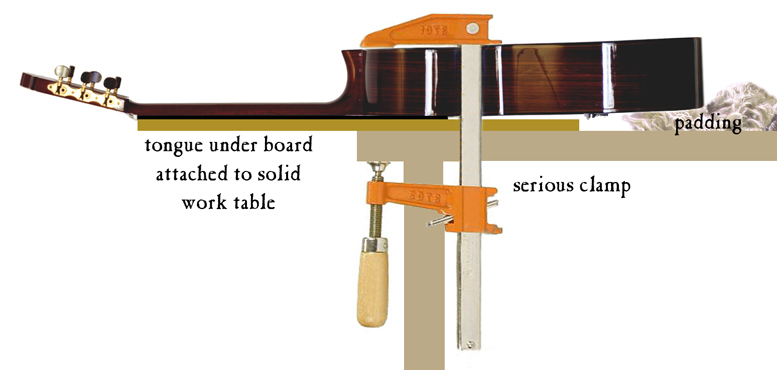





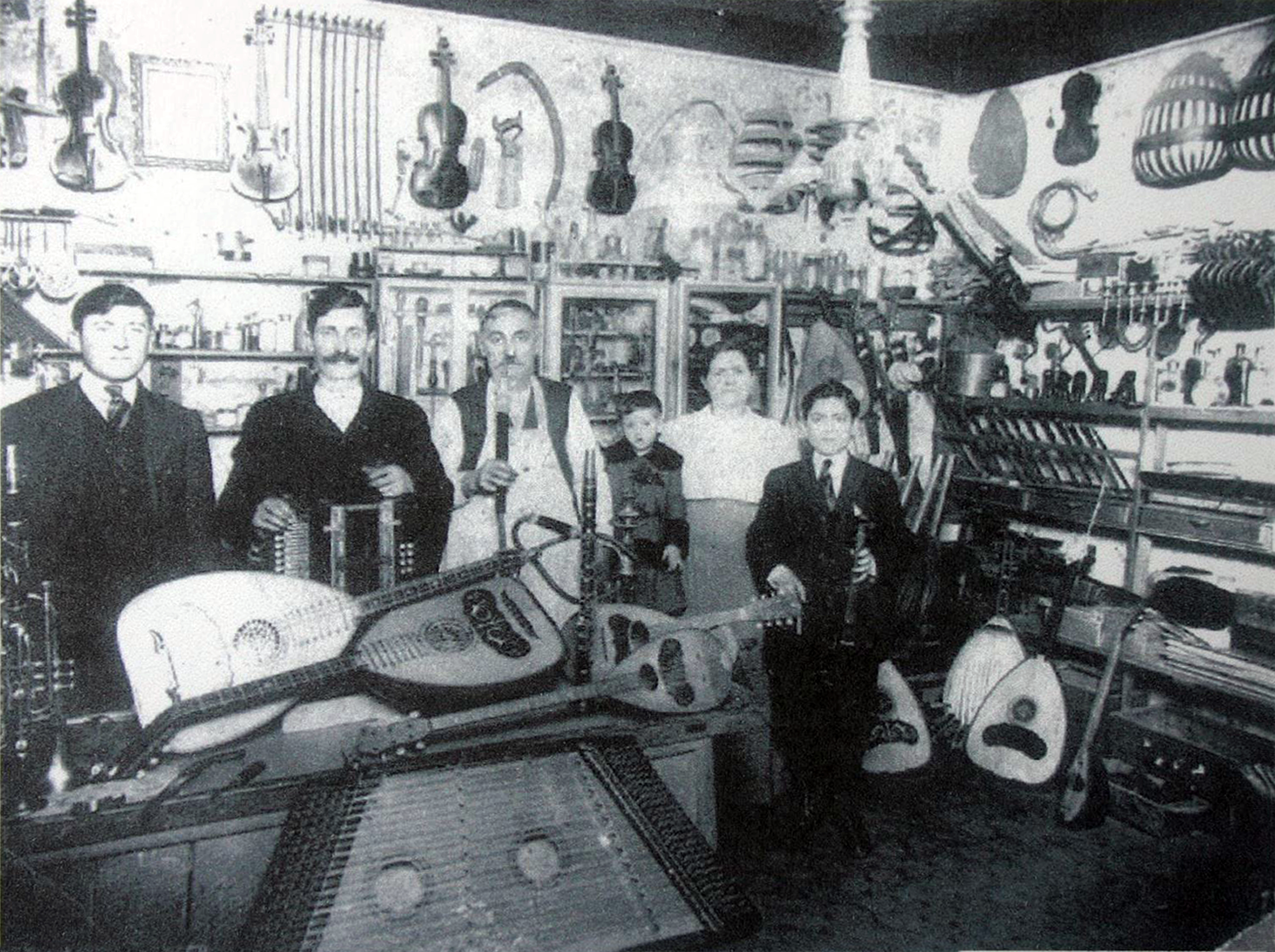
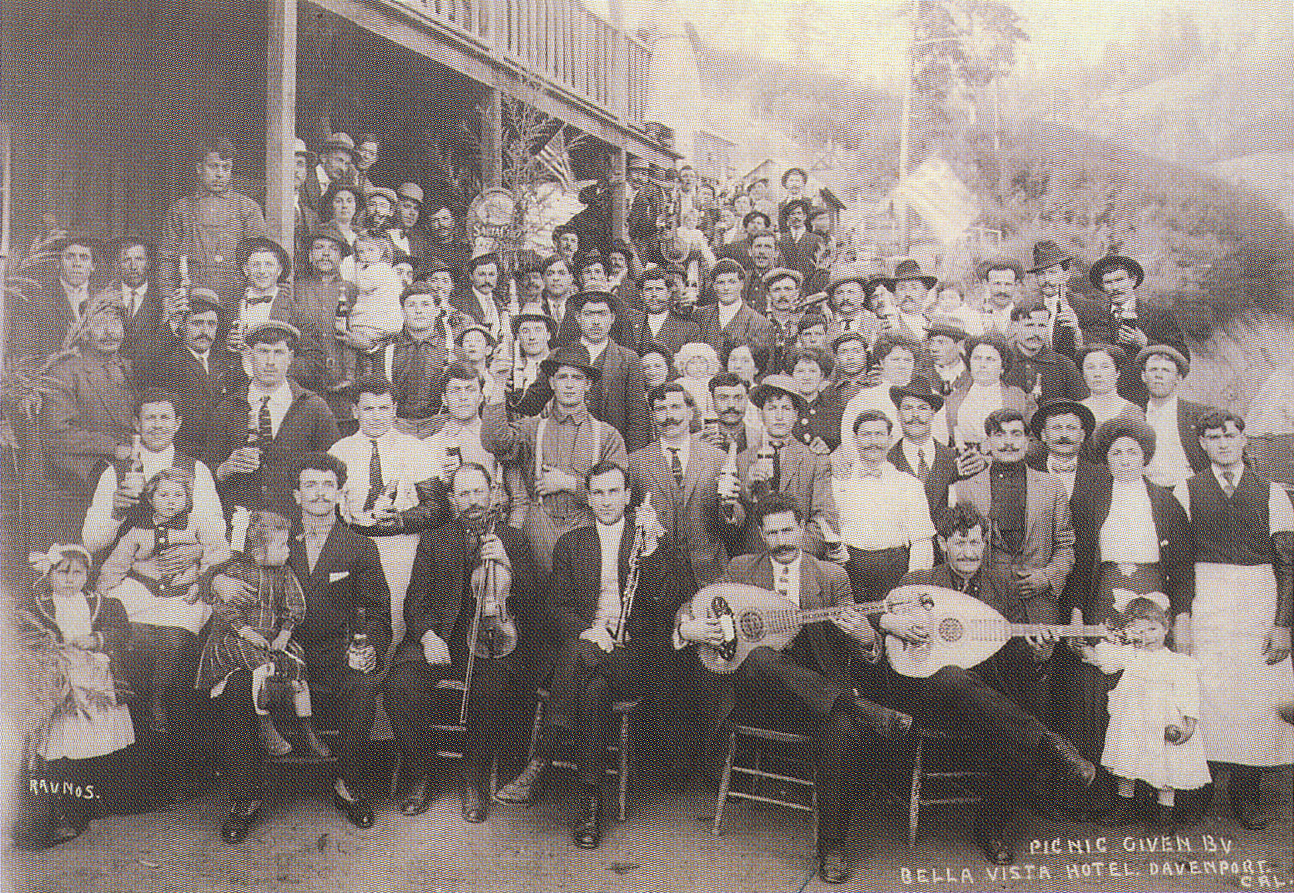



Bookmarks